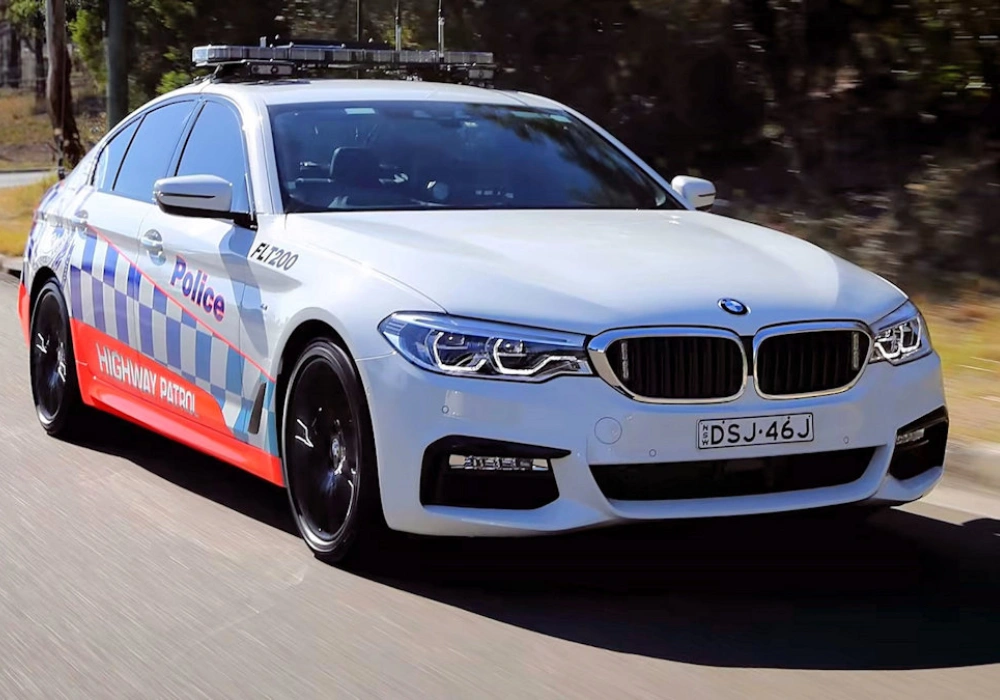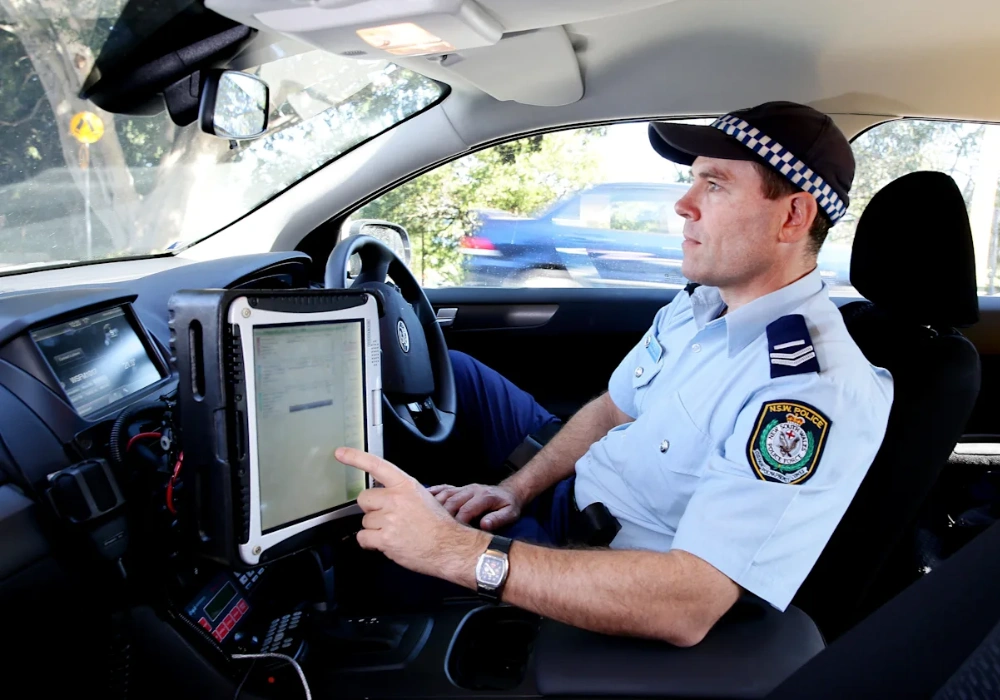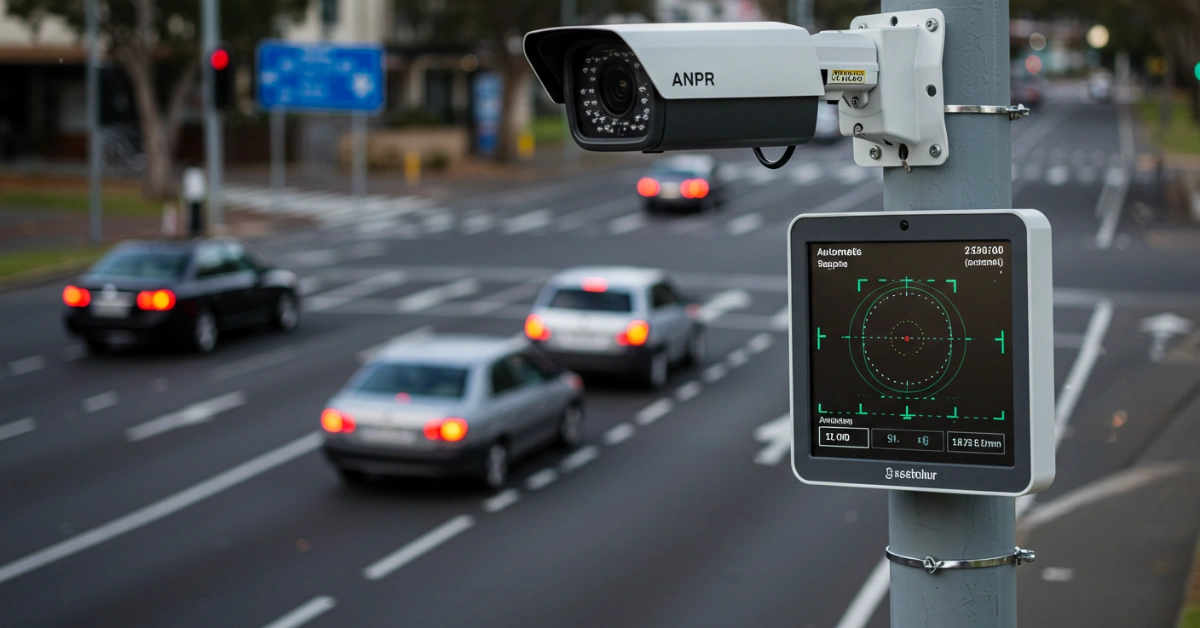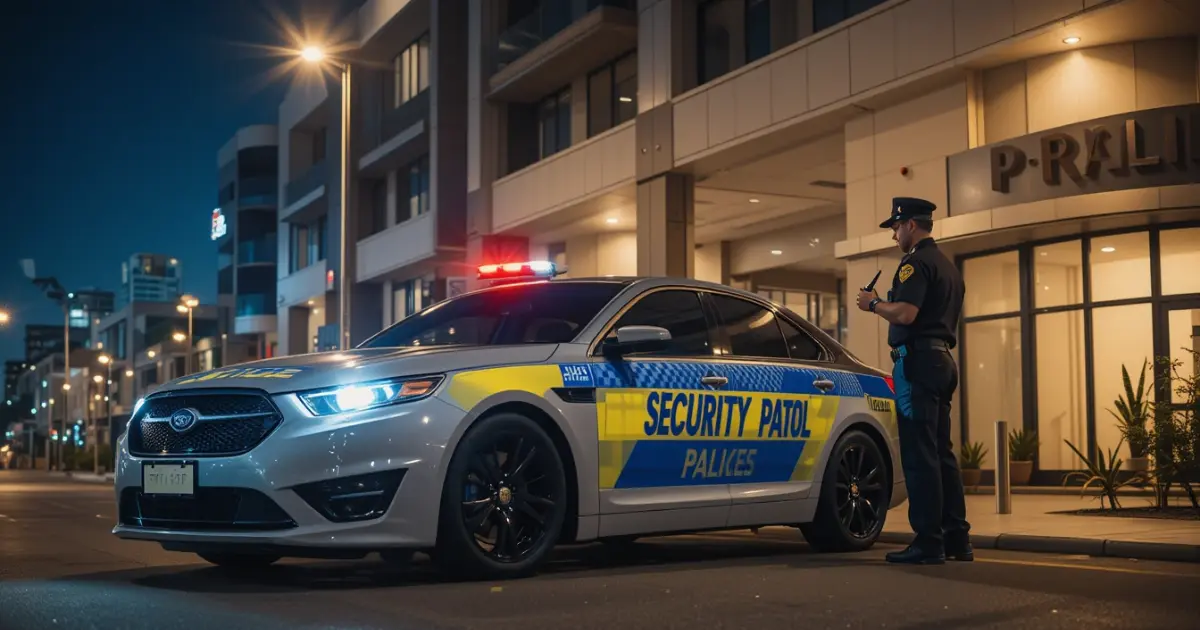Automatic number plate recognition, or ANPR, is a system that is used to read and record vehicle registration plates. It is often used by police and traffic authorities in New South Wales.
This technology uses cameras and software to take pictures of car number plates and then turn them into text. Once this is done, the data can be checked against official records. This helps to determine if a car is stolen, unregistered, or being sought by the police.
In simple terms, ANPR works like this:
- A camera takes a photo of a number plate.
- The image is sent to a computer.
- The computer reads the letters and numbers on the plate.
- That information is matched with a database.
This process happens quickly and can be done even when the car moves fast.
1. How Does Automatic Number Plate Recognition Work in NSW?

A camera is placed on a pole, patrol car, or fixed location, and it takes photos of passing vehicles. These images are sent to a computer that runs special software. The software finds the number plate in the image, reads it, and stores the details along with the time, date, and location.
Once the plate is read, the system checks it against databases held by the NSW Government and the police. If there’s a match, such as an unregistered car or one linked to a crime, an alert is sent to officers nearby.
Some ANPR units are mobile. They can be found in unmarked police cars or vans. These systems scan thousands of plates every hour while driving around Sydney, Newcastle, Wollongong, and other cities.
The data that is collected is stored securely. Only trained staff can access it, and rules are in place to make sure privacy is protected.
One example of how ANPR works in real life is through the use of roadside enforcement units. These are small trailers or poles that sit beside highways. They take photos of all passing cars and send the data to the police.
Another example is toll roads like the M2 and M5. These roads use ANPR to check who has paid their toll and who hasn’t. If someone misses a payment, they get a fine in the mail.
2. Does the NSW Police Use ANPR for Law Enforcement?
Yes, the NSW Police use ANPR to help catch drivers who are breaking the law. For example, if a car is not registered or is being driven by someone without a valid license, it can be picked up by ANPR systems.
Mobile units are often seen driving around cities and highways. These vans or cars have hidden ANPR equipment. When they pass another vehicle, a check is made automatically.
If a car matches any wanted records, such as being reported stolen or linked to a crime, the system sends an alert. Officers can then decide whether to stop the driver.
In 2023, the NSW Police said that over 10,000 vehicles were stopped each month using ANPR data. This shows how important the system is in helping to keep roads safe.
How Is ANPR Used for Traffic and Road Safety Management?
The Roads and Maritime Services (RMS), now part of Transport for NSW, also uses ANPR to manage roads and improve safety. Cameras are sometimes placed at busy junctions or toll roads to help control traffic flow and detect speeding vehicles.
These systems help to understand how many cars are on the road and where problems might be happening. For instance, if too many cars are using a certain route during rush hour, ANPR data can help plan better roads or new traffic lights.
ANPR is also used to spot dangerous driving. If a car is seen going too fast or weaving between lanes, it may be flagged for further action.
One real-world example is the use of ANPR near school zones. In areas where kids walk to school, ANPR helps track speed limit violations. This makes it easier for police to enforce laws and protect students.
Can Toll Roads Use ANPR to Track Vehicles?
Yes, toll roads like the M2 and M5 use ANPR to track which cars enter and exit. If a driver does not pay the correct fee, they can be fined later.
Toll road operators use ANPR instead of manned booths because it’s faster and more efficient. Drivers don’t need to stop — the system simply takes a photo of the plate and charges the account linked to that vehicle.
More information about how these systems work can be found in articles like What Are the Key Components of Modern Alarm Systems, which explains how digital tracking works in different settings.
3. Why Is Automatic Number Plate Recognition Beneficial?
ANPR helps to make roads safer by catching dangerous drivers. It also makes it easier for police and transport agencies to collect data and enforce rules without needing a person to watch every road.
Some other benefits include:
- Faster detection of stolen vehicles
- Better management of toll road payments
- Reduced need for physical roadside checks
- Improved response times for emergency services
For business owners, especially those with fleets of vehicles, ANPR can be helpful too. Companies that run delivery trucks or service vans can use similar technology to track their own vehicles and ensure they’re following the law.
Local councils and city planners also benefit from ANPR. By looking at traffic patterns, they can make better decisions about where to build new roads or bike paths.
Is Automatic Number Plate Recognition Used by NSW Police?
Yes, the NSW Police use ANPR as part of their daily operations. Mobile units drive around looking for cars that may be linked to crime or that are not legal to be on the road.
If a car is flagged by ANPR, police can be alerted and decide whether to pull the vehicle over.
These mobile units are often parked on main roads or near shopping centres. As cars pass by, they are scanned. If any issues are found, the police are told right away.
In some cases, ANPR is also used during major events. For example, during the Sydney Royal Easter Show or large sporting matches, extra ANPR units are set up to monitor traffic and look for problem vehicles.
4. Can ANPR Detect Stolen Vehicles or Unregistered Cars in NSW?

Yes, ANPR can detect both stolen and unregistered cars. The system checks each plate it sees against a database of known vehicles. If a match is found, such as a missing car or one without current registration, an alert is sent.
This helps to stop illegal driving and get unsafe vehicles off the road.
In 2024, the NSW Police reported that ANPR helped recover over 2,500 stolen vehicles across the state. That’s a big number, and it shows how effective the system can be.
Unregistered cars are also a common target. These are vehicles that are not legally allowed to be on the road. Driving one can lead to fines, and in some cases, the car can be taken away.
ANPR helps find these cars quickly, without the need for long stops or checkpoints.
5. How Accurate Are ANPR Systems in NSW? What Are Their Limitations?
Most ANPR systems are very accurate, especially in good lighting and clear weather. However, there are some limits.
For example:
- Plates that are dirty, broken, or covered may not be read correctly
- In bad weather, like heavy rain or fog, readings can fail
- Some older models may miss fast-moving vehicles
Despite these issues, newer systems are getting better at reading plates under difficult conditions.
In 2025, many ANPR units in NSW will be using high-resolution cameras and AI-powered software. These tools can guess what a plate says even if part of it is blocked.
Still, no system is perfect. There are times when a car is missed or a wrong plate is recorded. That’s why ANPR is always used alongside human checks and other forms of evidence.
6. Are There Privacy or Legal Concerns Around ANPR in NSW?
Many people ask: “Are ANPR cameras legal in NSW?” The short answer is yes — they are allowed for use by the police and approved government agencies.
However, there are concerns about how long data is kept and what it is used for. In NSW, laws exist to protect privacy, but users of ANPR need to follow them carefully.
Under the Privacy and Personal Information Protection Act (PPIPA) , ANPR data must be handled carefully. It cannot be shared without permission, and it should only be kept as long as needed.
Some questions asked by locals include:
- What data does ANPR collect in NSW?
- How long is ANPR data stored in NSW?
- Can ANPR be used to track innocent drivers unfairly?
These concerns are real and should be taken seriously by those who operate ANPR systems.
There have been calls for more transparency around how ANPR is used. Some groups want clearer rules about how long data is kept and who can access it.
At the moment, most ANPR data is deleted after 30 days unless it’s linked to a crime. This helps protect the public while still allowing for law enforcement’s needs.
7. What’s the Future of Automatic Number Plate Recognition in NSW?
As technology improves, ANPR systems will become faster, more accurate, and more widely used. More mobile units may be added, and AI could be used to make smarter decisions based on the data that is collected.
There may also be more discussion about how to balance safety and privacy in the years ahead.
One trend to watch is the use of AI-enhanced ANPR, where machine learning helps predict risky driving or criminal activity before it happens. While this is still in early testing, it could change how ANPR is used in the future.
Another area of growth is private sector use. While currently limited to government bodies, some businesses may begin using ANPR for parking management, fleet tracking, or security purposes.
8. Frequently Asked Questions About ANPR in NSW
ANPR uses cameras and software to read number plates and compare them to official databases.
The NSW Police, Transport for NSW, and toll road operators all use ANPR for different reasons.
Yes, if a car is reported as stolen and its plate is in the system, ANPR can pick it up.
You may be stopped by police or receive a notice in the mail asking you to explain why your car was flagged.
Yes, they are used legally by government agencies for law enforcement and traffic control.
Most systems are highly accurate, though performance can drop in poor conditions.
Data includes the number plate, time, date, and location of the vehicle.
The length of time varies depending on the agency and purpose, but it is usually kept only as long as needed.
Not directly, but if a car is registered to someone without a valid license, it may raise a red flag.
No, because ANPR is used in public spaces for public safety and law enforcement.





